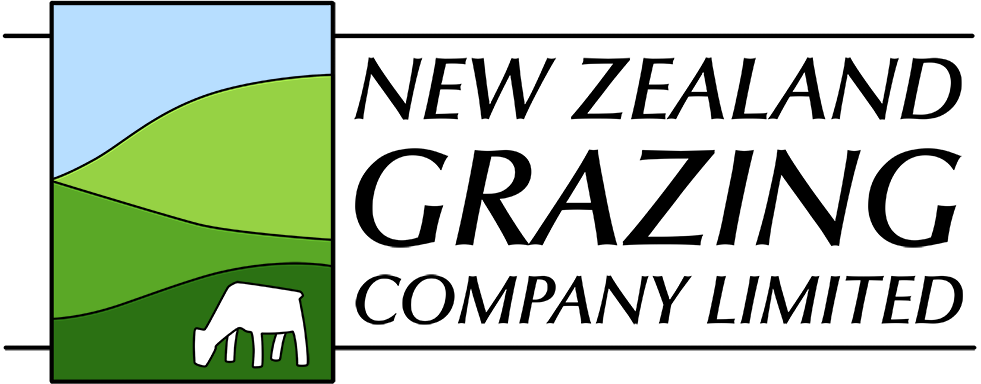All farms Mycoplasma bovis
Mycoplasma bovis (M.bovis) is a bacterial disease that is commonly found in cattle all over the world, including Australia. It does not infect humans and presents no food safety risk. There is no concern about eating meat or drinking milk and milk products.
It does lead to a serious condition in cattle and therefore constitutes an animal welfare and productivity issue. It spreads from animal to animal through close contact (mucus & sweat). Between farms, it spreads through the movement of animals that are infected but not showing symptoms. It could also be spread via contaminated equipment, although the bacteria do not survive long when exposed. It is also thought to be spread via the feeding of untreated milk to calves.
How it affects cows:
- Untreatable mastitis in dairy and beef cows.
- Severe pneumonia in up to 30% of infected calves, starting as a hacking cough.
- Ear infections in calves, the first sign typically being one droopy ear, progressing to ear discharges and in some cases a head tilt.
- Abortions.
- Swollen joints and lameness (severe arthritis/synovitis) in all ages of cattle.
There is no known reliable test for Mycoplasma bovis.
History in New Zealand
- On 17 July 2017, the Ministry for Primary Industries announced a cattle disease that had never before been seen in New Zealand had been detected in a South Canterbury herd. The site was named as the Tainui Dairy farm, owned by the Van Leeuwen Dairy Group, which has a total of 16 farms and 12,500 cows in South Canterbury and North Otago.
- 28 August 3rd Farm near Oamaru on lockdown – linked to Van Leeuwen Dairy Group.
- 11 November – culling begins 4,000 animals.
- 12 December – an additional three Properties in Southland and one in the Hawkes Bay.
- 28 February 2018 – a total of 25 farms now highlighted.
- 26 March MPI announce 22,000 cattle should be culled.
- Wednesday 9 May – 38 farms were active infected places, an additional 40 under Restricted Practice Notice.
- 28 May – government announces eradication plan.
- If successful, New Zealand will be the first country in the world to have achieved this.
- Expected that there may be up to 142 farms in year one and up to an additional 192 properties over 10 years.
- It is anticipated some 126,000 cattle will need to be culled – most in 1-2 years – and in addition to the cull of some 26,000 underway currently.
What is New Zealand Grazing Co Ltd doing about it?
New Zealand Grazing has been keeping informed of the latest information from day one. Service Managers are, in turn, educating owners and growers to improve bio-security performance, just as they share knowledge in any facet of improving heifer performance.
Specific practices:
- On-farm hygiene practices and disease status– not only are demonstrating good biosecurity practices but we are advising growers of current best practice. For example https://www.dairynz.co.nz/business/biosecurity/biosecurity-on-grazing-properties/. All farms complete a farm health declaration which includesidentifying any association with M. bovis farms or stock.
- We are able to track all animals within our system and have recognised the importance of NAIT (we provide accurate NAIT updates as part of our service) from its inception.
- Ensuring our Jersey Service bulls are fully traceable and we know the health status of the farms they have been on.
- Using reliable Jersey bull breeders to source our weaner Jersey bulls.
- We are working with proactive transport companies, ensuring trucks are cleaned between animal movements.
- Using Ian’s international contacts to gain information from overseas experts on good farm management practices (dealing with other bio-security related programmes to control TB, Bovine Viral Diarrhoea (BVD), Johne’s Disease).
Various Impacts
MPI has various levels of legal notice which it can enforce under the Biosecurity Act 1993
- Surveillance testing (no restrictions) = free to move. Cattle that have undergone “surveillance testing” are a very low risk for spreading the disease. They can be managed on a grazing block just like any other cattle group – separately, with secure fencing, and prevention of mixing with cattle from other sources.
- Notice of Direction = restricted movement with permits NODs are under movement restrictions but can go to a grazing block under permit. Each ICP manager will help their farmers to do this. The grazing block (or part of it) will become a NOD.
- Restricted Place Notice = prohibits all unauthorised movements of farm stock (Any movement of cattle requires a permit).
For additional information refer to Tim Mackle’s correspondence below.
Other Resources
There are some excellent New Zealand Resources:
